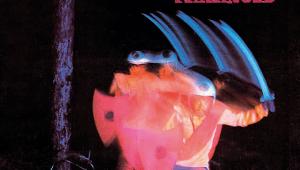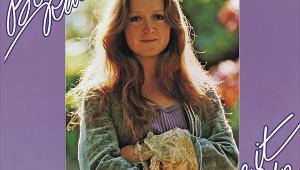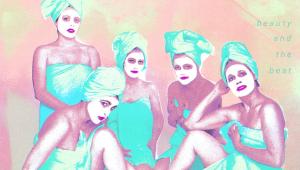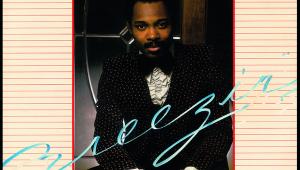Jean-Michel Jarre Equinoxe Page 2
Mood Music
Intriguingly, Jean-Michel's estranged father, Maurice Jarre, originally a purely orchestral composer, would produce several entirely electronic scores, including The Year Of Living Dangerously (1982), Witness (1985) and Fatal Attraction (1987).Perhaps unsurprisingly given that his eclectic musical background included a classical education, a father who composed film scores and exposure as a child to avant garde jazz, Jarre's attitude to electronic instruments was very pragmatic. 'I think of synthesisers as instruments, musical instruments. Like the piano is a machine, an acoustic machine, but very much an instrument as well'.
![]()
Although it's understandable that Jarre is generally considered to be an electronic composer, Equinoxe provided early hints that his liberal musical education was already having an effect. For example, the synthesised street band melody at the start of 'Equinoxe 8' is clearly the work of a man with a love for French folk tunes, while the intricate round of 'Equinoxe 1', and its pseudo-orchestral evocations of morning, point to his classical education.
Something else Jarre shared with composers of earlier centuries was an awareness that music could be functional. By the 1970s, the term 'background music' was most frequently used as an insult, akin to 'wallpaper' or 'elevator' music. Most 'credible' jazz or rock musicians of the era considered their work to be creative, imaginative and intellectual. However, Jarre said, 'I want people to use my record to play at different times when they are in different moods'.
For Jarre, the term 'use my record' was a very conscious recognition that composers of the past, including Bach, Mozart and Handel, had often created music which was functional. Handel's Music For The Royal Fireworks, for example, was designed to be played during a fireworks display, ie, it was deliberately composed as 'background music', but that did not detract in any way from its quality.
Long Hours
For reasons which have not to date been disclosed, one of the album's most enchantingly melodic pieces, 'Equinoxe 7', was at first felt by Jarre to be not good enough for inclusion on the album. It was Geiss who changed his mind, arguing for the piece – another illustration of Geiss as an important influence on Jarre throughout making the album.
Michel Geiss is a modest man not given to speaking in public, but he has said that working in Jarre's home studio was a liberating experience. 'Working in such conditions cannot be compared with other album recordings for which people compose songs, hire a producer or a sound engineer, book a studio, record and mix, pay the bill and go!
![]()
'Our long hours spent in his studio were fully part of the creative process, which cannot be the case in a commercial studio, where the clock is running and bookings usually cannot be extended. Jean-Michel understood that sound was a major element for his music. He was really friendly, had a lot of energy and a lot of humour. I felt he had a quite unusual dimension. You know, success doesn't come from nowhere!'
Press Response
Equinoxe was released in Dec 1978 and was immediately rubbished by the British music press, with Melody Maker declaring it to be, 'as slushily, pseudo-galactically crass and vapid as last year's Oxygene', while Record Mirror deemed it, 'very artificial, and as a result quite emotionless.'
This, remember, was an era when punk was on the rise, heavy guitar rock was the norm, and disco was the teen musique du jour. Electronic innovators like Brian Eno, Kraftwerk and Vangelis were tolerated as aberrations so long as they didn't get ideas above their cult status. Jarre, of course, had committed the ultimate sin of scoring a hit single with 'Oxygene IV'. Who did he think he was? Yet, the signs were there. Donna Summer's heavily electronic disco collaboration with producer Giorgio Moroder on 'I Feel Love' had been a global smash in 1977, so Jarre's electronic rhythms, although alien to jaded music critics, were familiar to millions of young groovers. His time had come.
Advance orders for Equinoxe had been 1.5m, so there was never any doubt that it would be a success, but no-one could have predicted that it would take Jarre onto the charts in 35 countries and confirm him as the world's most successful electronic composer.
A little over six months later, on July the 14th 1979, Jarre played his first live concert on the Place de la Concorde, Paris. It attracted a million people, becoming Jarre's first of several entries in the Guinness Book Of Records for the largest crowd for an outdoor concert. No wonder he has declared, 'Oxygene and Equinoxe changed everything for me, financially, socially. I made a lot of new friends, lost a lot of old ones. It was like vertigo, very strange.'

















































